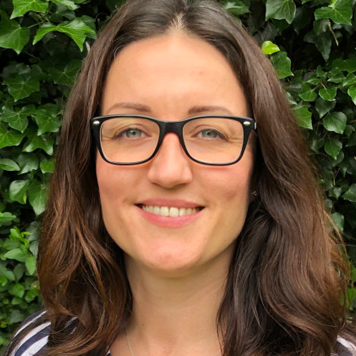A novel growth medium for the culture of Lactobacillus iners to unprecedented high cell densities within 24 hours.
Proposed use
The proposed invention provides a growth medium with a defined concentration of nutrients, specific for the growth of L. iners. There is no other media that enables the growth of this bacterium to such high cell densities in such a short time frame.
Problem addressed
Lactobaccillus iners is a bacterium frequently found in the vaginal microbiome with an estimated 50% of women harbouring the species. It has been associated with vaginal dysbiosis and the development of bacterial vaginosis, however research on this bacterium is limited due to difficulties encountered during its cultivation.
L. iners, unlike other Lactobacillus species, is very difficult to cultivate on traditional MRS (de Man, Rogosa and Sharpe) agar, due to its more complex nutritional requirements. The recommended medium for culturing L. iners is Columbia agar supplemented with 5% horse blood. However, the colonies cultivated are very small and usually require 48 hours incubation to obtain sufficient growth. The major difficulty arises for liquid culture as blood cannot be added to broth because separating the bacterial cells from the blood cells is very difficult. Without blood, L. iners grows very poorly in Columbia broth, requiring more than 48 hours to obtain adequate growth.
The proposed invention provides a growth medium specific for the effective culture of L. iners, providing the opportunity for further research into this organism and to isolate it more efficiently from human samples.
Technology overview
The key features of this technology include:
- A growth medium for the culture of L. iners to high cell densities within 24 hours
- Specific concentrations and combinations of nutrients, distinct from any media currently available
Benefits
- Enables culture of L. iners to high cell densities within 24 hours
- Provides an opportunity for research into L. iners and related vaginal dysbiosis
- Can be made as a broth or agar
- Can be used to culture other bacterium such as: Atopobium vaginae (Fannyhesse vaginae), Finegoldia magna, Fusobacterium nucleatum, Gardnerella vaginalis, Lactobacillus spp., Prevotella spp., Sneathia vaginalis, and Streptococcus aalactiae.
Development Stage
The media is fully developed and has been tested against several commercial media
Intellectual property information
A Priority application was filed at the UKIPO in March 2023, to protect the novel growth medium. The application is currently still pending.



